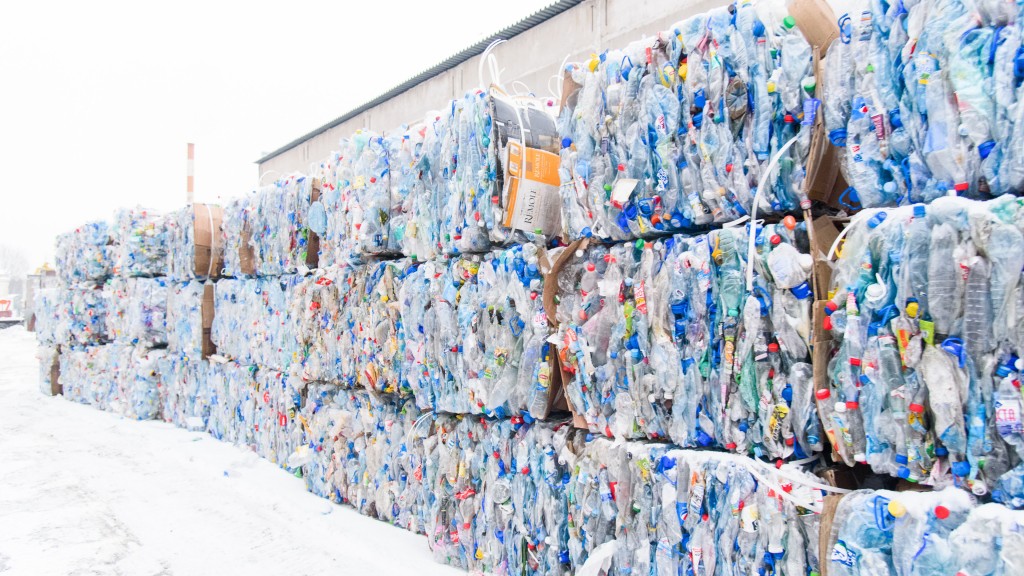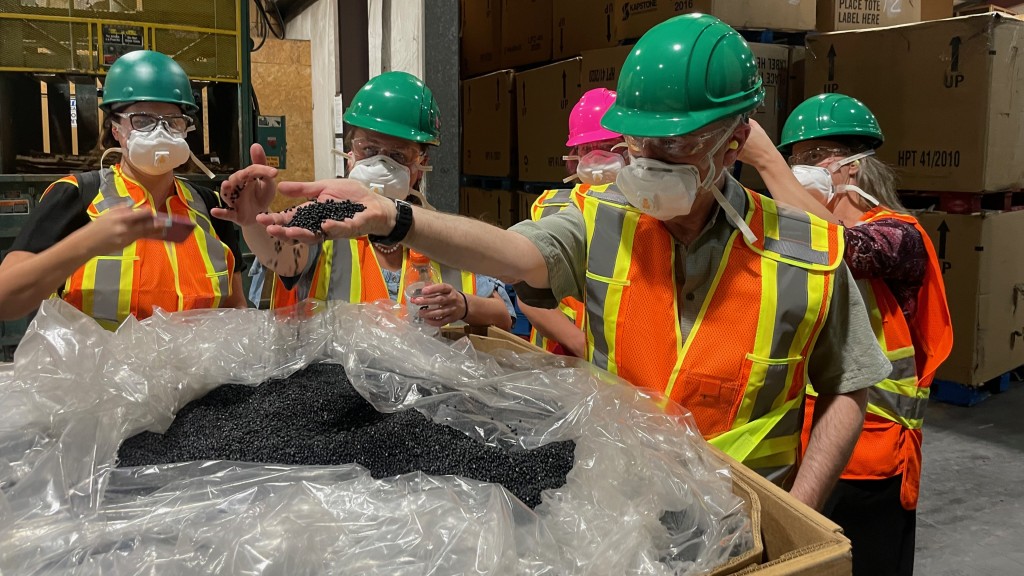Commitment to use only reusable, recyclable, or compostable plastic packaging by 2025 likely to be missed

The commitment to use only reusable, recyclable, or compostable plastic packaging by 2025 will likely not be met, according to the latest New Plastics Economy Global Commitment progress report.
Measurable progress is being made toward reaching the global commitment, but the use of flexible packaging and a lack of investment in collection and recycling infrastructure means the 100 percent reusable, recyclable, or compostable plastic packaging by 2025 target is becoming unattainable for most businesses.
The 2022 global commitment progress report – produced by the Ellen MacArthur Foundation and the UN Environment Programme – also highlights:
- The use of recycled content in plastic packaging continues to rise strongly, having doubled in the past three years
- Over half of business signatories have cut their use of virgin plastics since 2018, but overall use among the group increased in 2021 back to 2018 levels
- The share of plastic packaging that is reusable has decreased slightly to an average of 1.2 percent
Four years after launching the New Plastics Economy Global Commitment, the 2022 annual report shows progress varies across the signatory group.
The share of post-consumer recycled content has risen from 4.8 percent in 2018 to 10 percent in 2021. Whilst it took decades for businesses to hit the five percent mark, signatories to the global commitment doubled it to 10 percent in just three years.
Brands and retailers must continue to exponentially increase their use of recycled content if they are to hit the aggregate target of 26 percent by 2025. Whilst some businesses appear on course to exceed their goal, others will need to significantly accelerate their use to achieve theirs.
Since 2018, more than half – 59 percent – of brands and retailers have reduced their use of virgin plastics. However, in 2021, increases by some of the biggest users of plastic packaging resulted in an overall rise of 2.5 percent, reversing the falls seen in 2019 and 2020.
The reason some businesses have not hit peak virgin plastic is due to increases in their total plastic packaging use. This reinforces the need for businesses to decouple growth from the use of plastic packaging.
In 2021, the first few global brands announced quantitative targets to increase the adoption of reusable packaging. However, 42 percent of signatories have yet to introduce any reuse models into their packaging strategies.
Many businesses have been investing in ways to achieve 100 percent technical recyclability for rigid plastic packaging, but the benefit of this investment is being stifled by inadequate collection and sorting infrastructure around the world.
Flexible plastic packaging, such as sachets and films, pose a significant problem. The difficulty of recycling them – in practice as well as at scale – is a key reason why most businesses will miss their target of using only reusable, recyclable, or compostable plastic packaging by 2025.
Brands and retailers retain the potential to make a significant positive contribution to tackling the plastic pollution crisis.
To do so they must adopt ambitious strategies to scale up reuse schemes, innovate away from flexible plastic packaging where possible, and reduce their use of single-use packaging. Recycling alone is not sufficient to stop the flow of plastic pollution.
Around the globe, government support for an international, legally binding instrument to tackle the crisis continues to grow. However, a significant acceleration of policy efforts is needed to help address the problem and transition toward a circular economy for plastics.
Government signatories to the global commitment now represent one billion people. More than 500 businesses, governments, NGOs and other organizations have aligned themselves behind a common vision of a circular economy for plastics. The Ellen MacArthur Foundation and UNEP will continue to work with signatories to help tackle the plastic pollution crisis.



